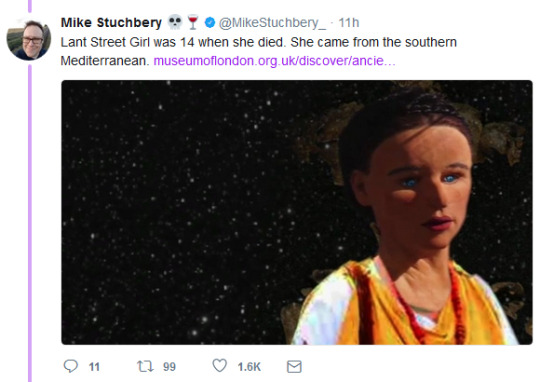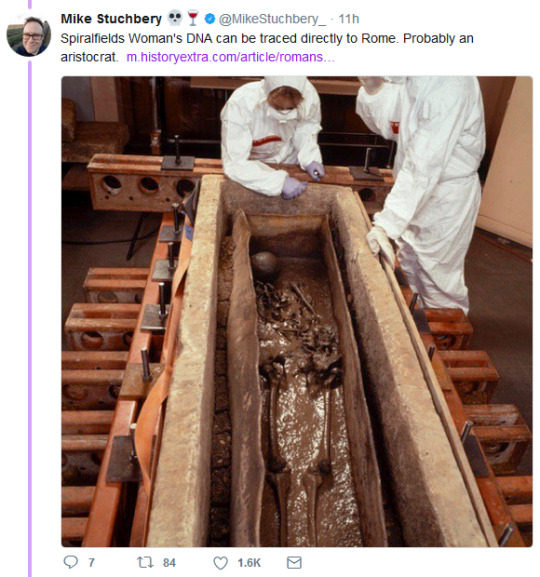Text
Fun little thing about medieval medicine.
So there’s this old German remedy for getting rid of boils. A mix of eggshells, egg whites, and sulfur rubbed into the boil while reciting the incantation and saying five Paternosters. And according to my prof’s friend (a doctor), it’s all very sensible. The eggshells abrade the skin so the sulfur can sink in and fry the boil. The egg white forms a flexible protective barrier. The incantation and prayers are important because you need to rub it in for a certain amount of time.
It’s easy to take the magic words as superstition, but they’re important.
146K notes
·
View notes
Text
The Saffron Goddess

This is a restored Minoan fresco, from the Bronze Age settlement of Akrotini on the Greek island of Santorini. The settlement was destroyed in the Theran eruption sometime in the 1500s BCE and buried in volcanic ash, which preserved the remains of fine frescoes as well as many everyday objects.
#WOW i have never seen a restored minoan fresco#this is so beautiful the layering of the skirt wow..
1K notes
·
View notes
Text
Now two anthropologists are closing in on the Inca equivalent of the Rosetta stone. That could finally crack the code and transform our understanding of a civilisation whose history has so far been told only through the eyes of the Europeans who sought to eviscerate it.
2K notes
·
View notes
Text
ive been thinking and honest to god: i think i would actually join a girl gang if the offer came. like a legitimate, hierarchical, “let’s carry knives under our skirts and beat up men” gang. fuck college
232K notes
·
View notes
Text
I just had a thought.
Going off how Odin’s simultaneously a god of knowledge and a god of ‘fury/madness/whatever you want to call it’…
Would that make him affiliated with anxiety? Anxiety, but also the creative rush, when you’re so immersed in the creative process you lose track of time.
3K notes
·
View notes
Text
Also the Vikings were known to be complete dandies. They sought bright colors, jewelry, imported Persian silks. Ribbons. Little mirrors sewn onto clothing, in Sweden. The men had long hair that was scandalous to Christians, and they carried combs and earspoons and such things with them. I recall seeing documents where the eastern Norse were big on baths and one of their demands in a particular negotiation was “we get to have baths drawn for us whenever we want”, which was often. They used soap with agents designed to bleach hair to try to make themselves blonder. SRSLY. Look at this stuff. I’m sorry longhaired prettyboy viking men in gaudy clothing and jewelry, bleaching and combing their hair, doesn’t match with your Conan-the-Barbarian manlyman aesthetic. …or the fact that a significant portion of the Norse were traders, fishermen, farmers, and herders, and weren’t raiding, pillaging warriors or hired Byzantine thug-bodyguards.
57K notes
·
View notes
Text
tell me something nice, hit me with those positive vibess
444K notes
·
View notes
Photo

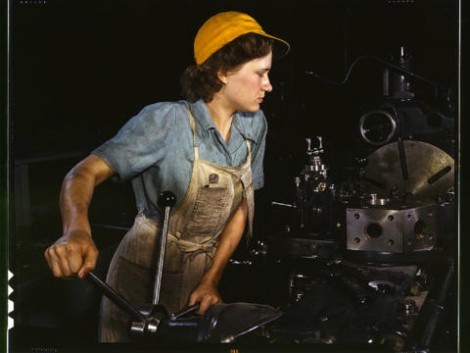








The real Bomb Girls in wartime in USA, in the 40’s.
36K notes
·
View notes
Text
need refs/inspo for period clothing?
here you go:
Medieval (9th-15th century):
10th century and earlier
Romance (1000-1250)
11th century
12th century
13th century
more 13th century
14th century
more 14th
15th century
and more 15th century
Gothic (1150-1550)
Renaissance (1520-1650)
16th & 17th century
16th century
more 16th
Tudors (1500-1550)
more Tudors
Elizabethan Period (1558-1603)
Jacobean Era (1603-1625)
17th century
more 17th century
and again
and even more
this won’t stop
Baroque (1600-1750)
Georgian Period (1714-1830):
18th century
more 18th century
18th century women’s fashion
18th century men’s fashion
Rococo (1720-1770)
Classicism (1770-1790)
children 18th-19th century
Regency Preiod (1811-1820)/ Empire (1800-1820s):
1790-1820s
more stuff on regency and georgian era
even more
that’s not enough regency
and more
how is there so much
early 19th century men’s wear
early 19th century women’s wear
Victorian Period (1837-1901):
Romantic Era (1820-1840s)
Civil War Era/1850-1860s
1870-1890s
more victorian
Edwardian Period (1901-1910):
1900-1910s
Belle Epoque (1880-1910s)
more edwardian/belle époque
Modern:
1910s-1920s [Fashion between the World Wars]
1920s
more roaring 20s
so much 20s
1920s hairstyles
1930s
1930-1940s
1930-1950s
1950s
more 50s
1960s
1960-1970s
1980s
lots of periods in one spot/fashion through centuries:
here, here, and here is almost everything (and properly ordered)
also here with lots of historic fashion magazines
historic fashion
costumes of antiquity
more historical clothing
history of fashion
more history of fashion
“vintage” clothing
historic costumes
children’s historical fashion/toys
details
historic wedding dresses
historic assecoires (hats, shoes…)
hats
masks
parasols
lots of embroidery/jewlery
it indeed is western/european centric, I’m sorry for that, but for other cultures I simply don’t have so many references
158K notes
·
View notes
Photo
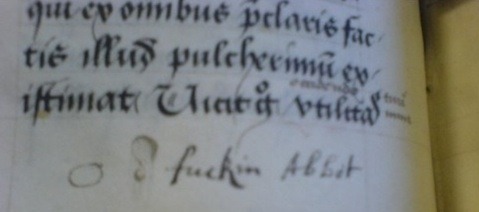
Behold: the first written use of fuck, from 1528, inscribed by a monk who seems to have been pretty pissed off with an abbot.
88K notes
·
View notes
Photo




Scythians were ancient horse nomads whose tribes controlled the Eurasian steppe from southern Siberia to the Black Sea from about the 800s BCE to 100s CE. Thanks to their high-latitude homeland, some Scythian burials became accidental mummies, preserved in frozen ground until archaeologists uncovered them.
Their well-preserved bodies mean we can tell they had tattoos. Lots of them! They didn’t tattoo their faces. But pretty much anywhere else was up for inking.
9K notes
·
View notes
Text
HEY ARTISTS!
Do you design a lot of characters living in not-modern eras and you’re tired of combing through google for the perfect outfit references? Well I got good news for you kiddo, this website has you covered! Originally @modmad made a post about it, but her link stopped working and I managed to fix it, so here’s a new post. Basically, this is a costume rental website for plays and stage shows and what not, they have outfits for several different decades from medieval to the 1980s. LOOK AT THIS SELECTION:

OPEN ANY CATEGORY AND OH LORDY–
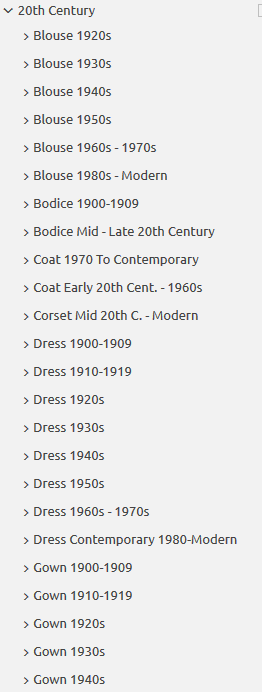
There’s a lot of really specific stuff in here, I design a lot of 1930s characters for my ask blog and with more chapters on the way for the game it belongs to I’m gonna be designing more, and this website is going to be an invaluable reference. I hope this can be useful to my other fellow artists as well! :)
298K notes
·
View notes
Photo

Lughnasadh or Lughnasa (pronounced LOO-nah-sah) is a Gaelic festival marking the beginning of the harvest season. Historically, it was widely observed throughout Ireland, Scotland and the Isle of Man. In Modern Irish it is called Lúnasa. Traditionally it is held on 1 August, or about halfway between the summer solstice and autumn equinox. However, in recent centuries some of the celebrations shifted to the Sundays nearest this date.
Lughnasadh is one of the four Gaelic seasonal festivals, along with Samhain, Imbolc and Beltane. It corresponds to other European harvest festivals. The festival itself is named after the god Lugh (Lú in modernn Irish)
In Old Irish, the name was Lugnasad. This is a combination of Lug (the god Lugh) and násad (an assembly), which is unstressed when used as a suffix. Later spellings include Luᵹ̇nasaḋ, Lughnasadh and Lughnasa.
In Modern Irish (Gaeilge), the spelling is Lúnasa, which is also the name for the month of August. The genitive case is also Lúnasa as in Mí Lúnasa (Month of August) and Lá Lúnasa (Day of Lúnasa).
333 notes
·
View notes


